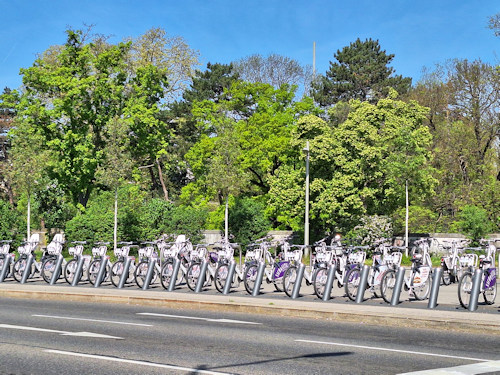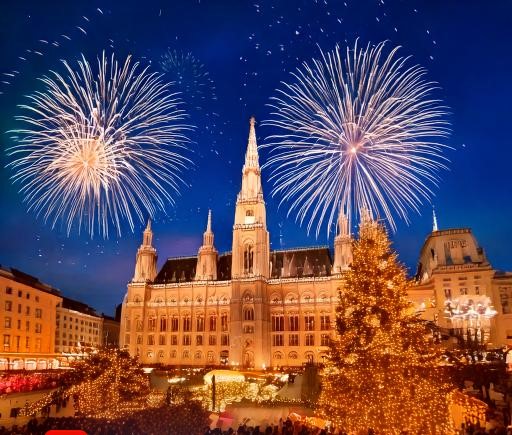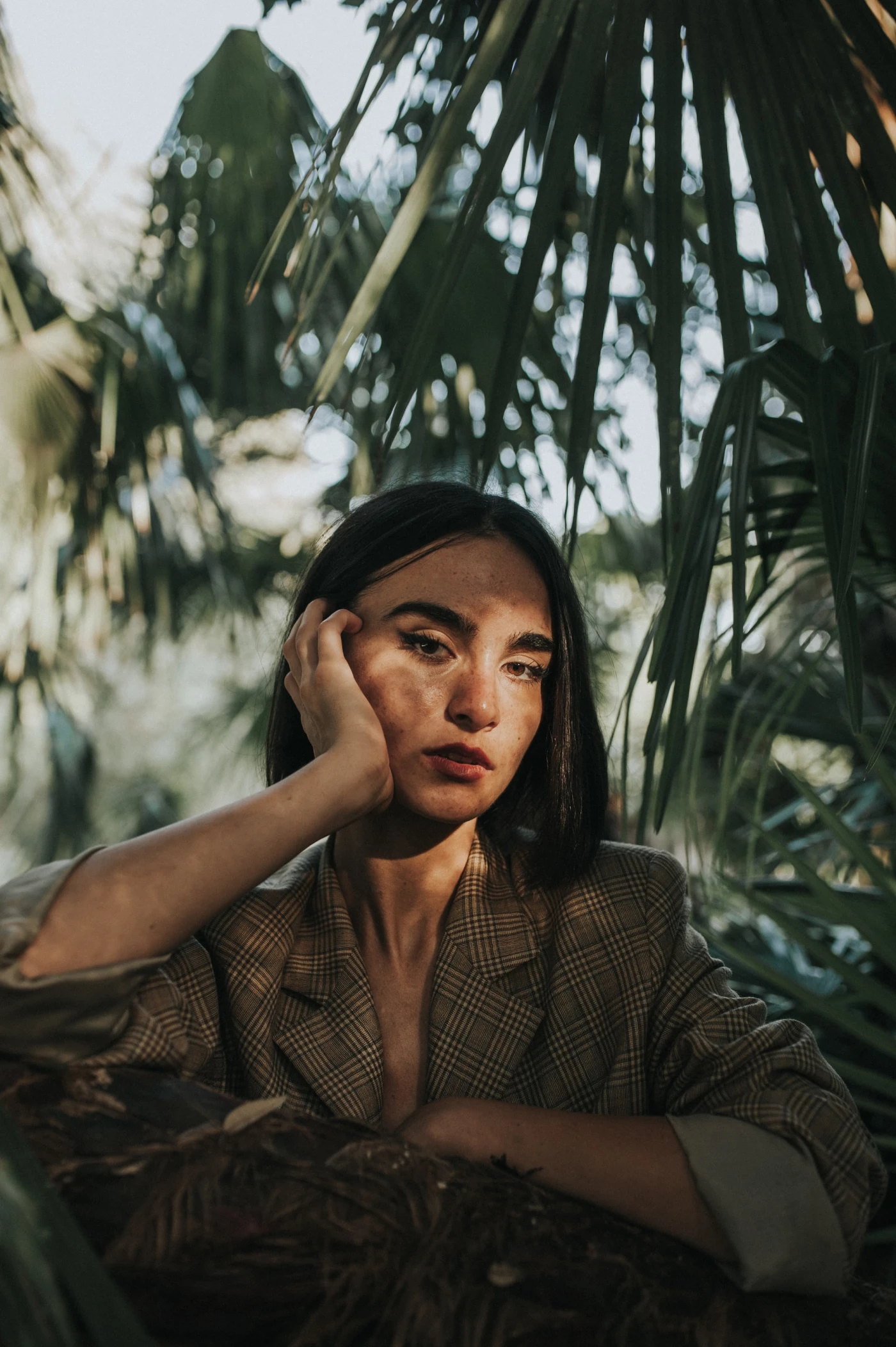Drinking Water

Many visitors to a foreign city want to know if you can drink the water. Well, in Vienna, mineral water comes out of the taps. And I’m only half joking.
- The tap water in Vienna is generally very high quality
- Drinking fountains quite common in tourist areas
- Summer sees Vienna add cooling stations throughout the city
- Book a concert experience* for your trip
- See also:
- Common visitor questions
- Viennese food and drink
- How to keep cool in summer
Can you drink the tap water in Vienna?

(A public drinking fountain)
Yes, you certainly can drink the water that comes out of the taps or use it to clean your teeth.
In fact, you never realize how bad the tap water is back home until you experience the Viennese equivalent; Vienna’s water supply comes almost exclusively through two direct pipelines from the Alps mountains.
These mountain areas sit in water protection zones in Lower Austria and Styria, with no significant industry and few people all told.
As a result, this “Alpine” tap water is high quality and notably low in nitrogen. Frankly, it tastes as good as any mineral water I’ve ever tried.
The authorities don’t even need to pump the water into the city: gravity does the job for them (producing some clean hydroelectric power as it does).
Incidentally, those two Alpine water pipelines have been around for many years.
The first pipeline opened officially in 1873, an event celebrated in fountain form through the Hochstrahlbrunnen. It stretches up to 150km down from the Schneeberg, Rax and Schneealpe mountains.
The second opened in 1910 and takes water up to 180 km from the Hochschwab mountain range.
In case you were wondering, the Viennese still buy vast quantities of mineral water. Sigh.
Only in times of excessive water use (or repairs to the Alpine pipelines), does Vienna draw its water from elsewhere: sources in the Lobau, a large alluvial forest area in a national park alongside the Danube just east of the city. This water has a higher mineral content than the mountain equivalent.
Not that every water source is drinkable: if you see a Kein Trinkwasser sign, for example, this means the water is not suitable for drinking. You typically find such signs on large fountains.
As you wander the city, you’ll come across water facilities put there for your refreshment. Look for the blue and silver columns.
They explicitly label these taps as Trinkwasser (drinking water) to make it clear you can drink from them. Vienna has around 1500, and the city kindly provides a map of their locations.

(This sign tells you not to drink the water)
Cooling facilities
In hot periods, the authorities also install a variety of water-based cooling facilities in busy areas.
These include mobile drinking fountains, as well as mist and water spraying devices designed to tackle urban heat: all part of a wider package to prevent and/or ameliorate the effects of the climate emergency.
The facilities sometimes come as a surprise if you’re not paying too much attention to your surroundings; you wander along a street in the blazing sunshine and have the unshakable feeling that someone just sprayed you with a plant mister.









